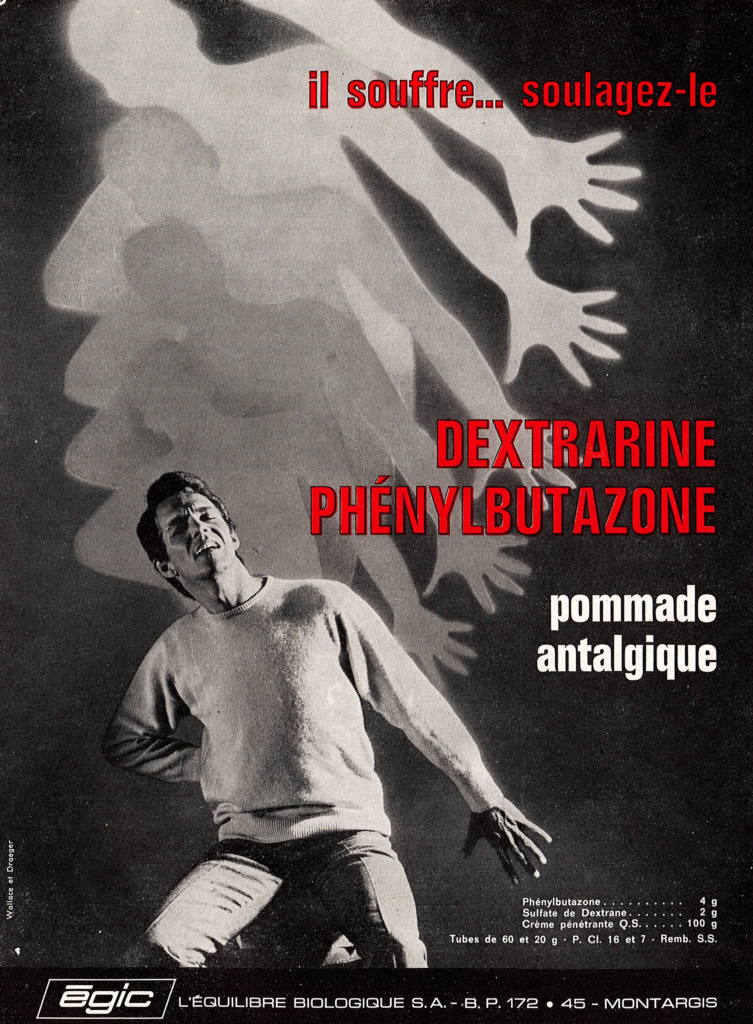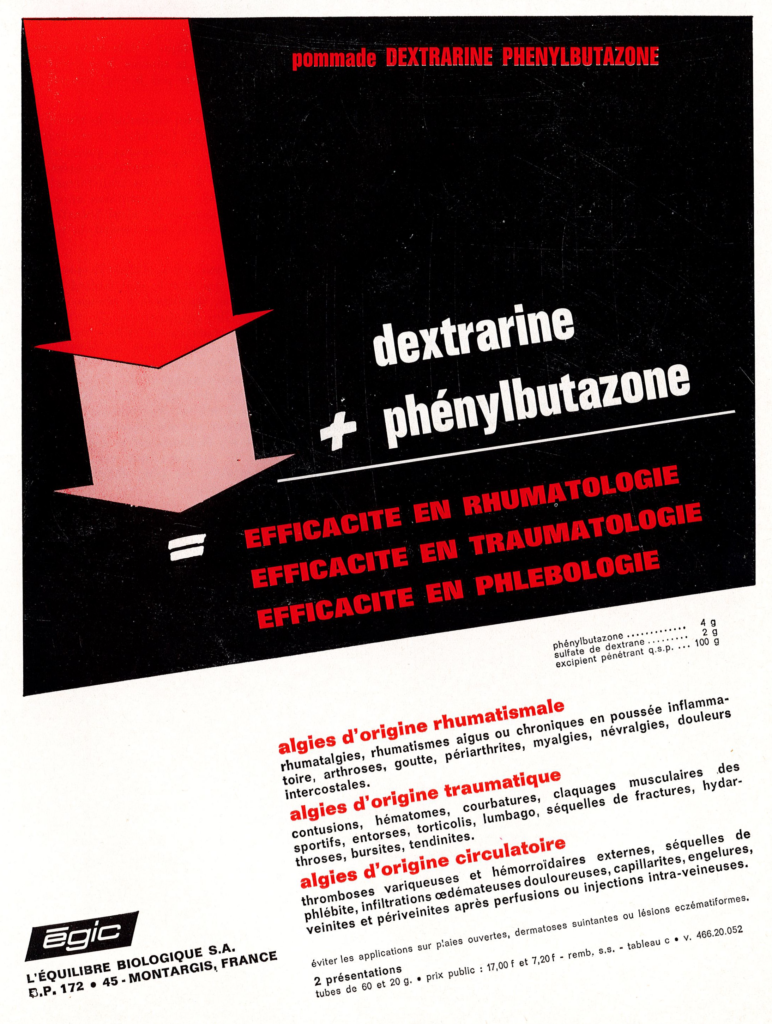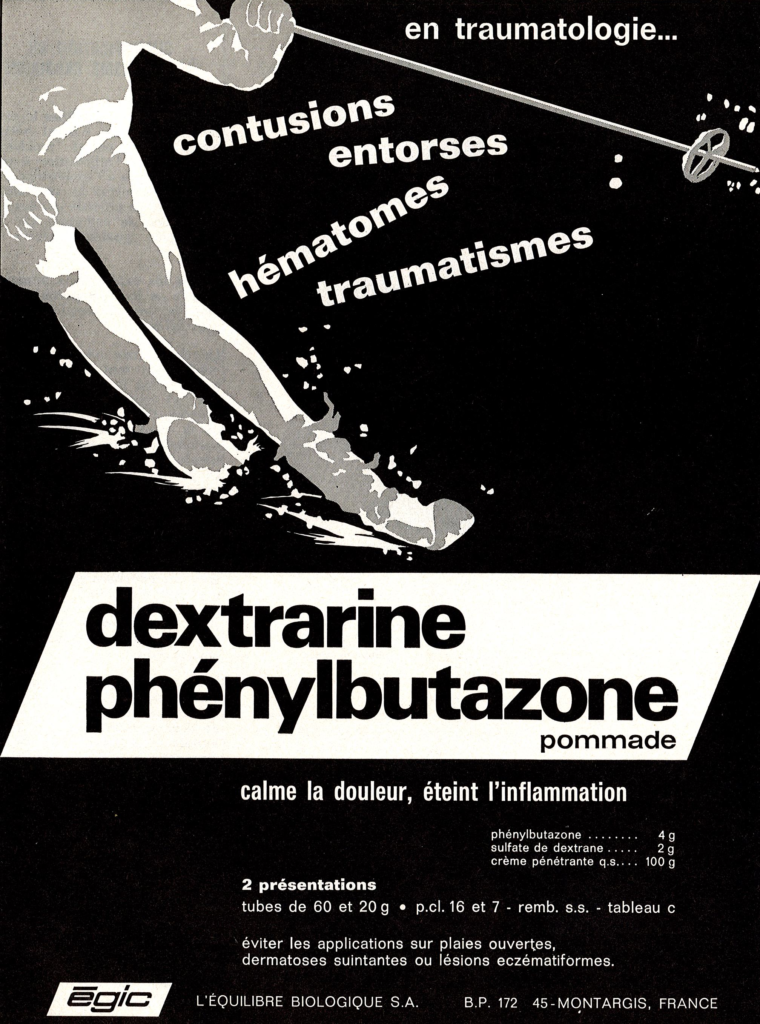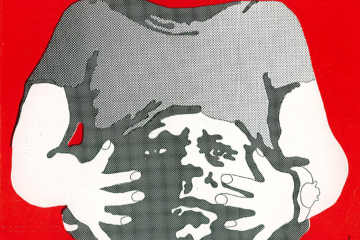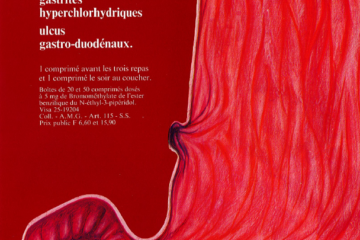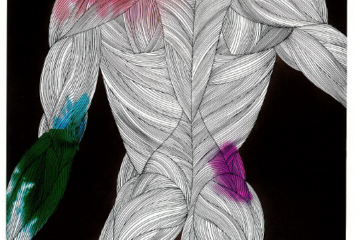The ointment Dextrarine® was recommended to reduce pain and inflammation in patients suffering from muscular or articular pains. The drug was used in cases of contusions, knee sprain and other local trauma. In the 1970s, phenylbutazone was a classical anti-inflammatory agent, largely used to alleviate trauma, but also rheumatisms or phlebitis. Different types of neuralgia with a rhumatismal, trauma or circulatory origin were treated with Dextrarine. It was a classical painkiller agent, frequently used by athletes in cases of bruises and sprains.
Phenylbutazone is a prototypical non-steroidal anti-inflammatory drug used in human and veterinary medicine for its analgesic and antipyretic effects, acting as a non-selective cyclooxygenase (COX) inhibitor. It acts by inhibiting the portion of the arachidonic acid pathway responsible for production of thromboxanes, prostacyclins, and prostaglandins. It can help to attenuate loss of articular cartilage matrix during joint inflammation. It is a convenient drug to manage chronic pain but must be used with care because it can damage the gastrointestinal tract (risk of gastric ulceration). In France, Dextrarine® was removed from the market in 2012, but pharmaceutical products containing phenylbutazone remain used today in veterinary medicine, under different forms (oral pastes, tablets, granules, powders and injectable form).
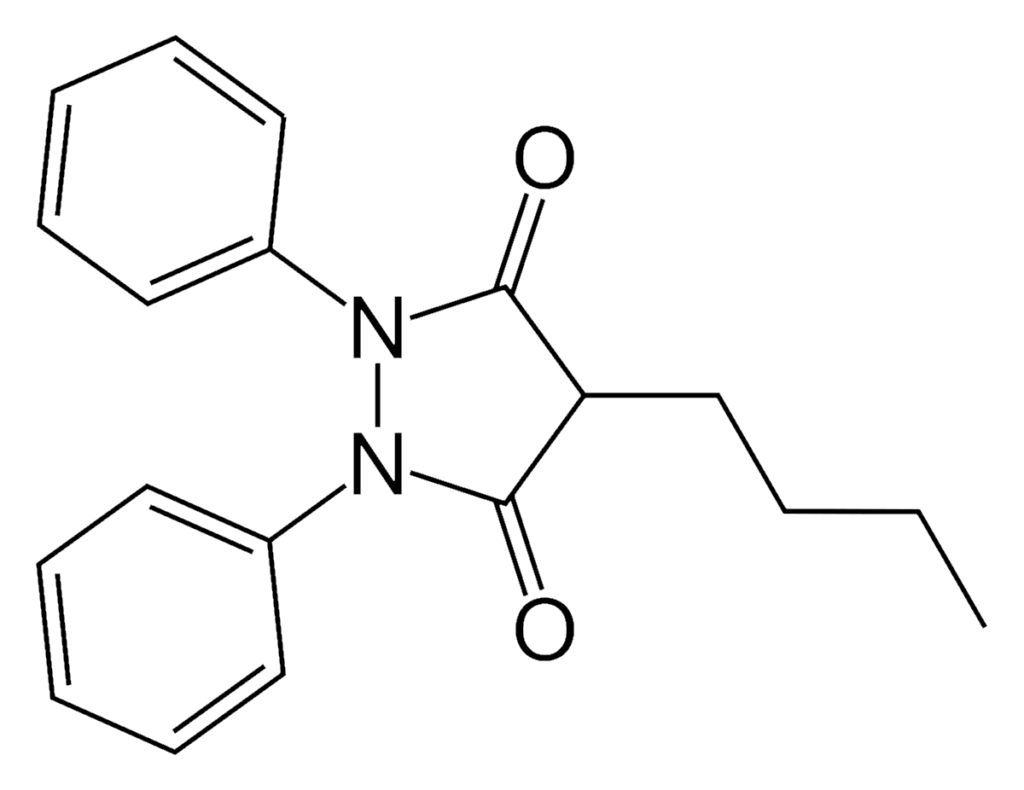
An illustration of back pain, a classical application for Dextrarine® in the 1970s. The logo “He is suffering… Soothe him” evoked the antalgic activity of the product.
